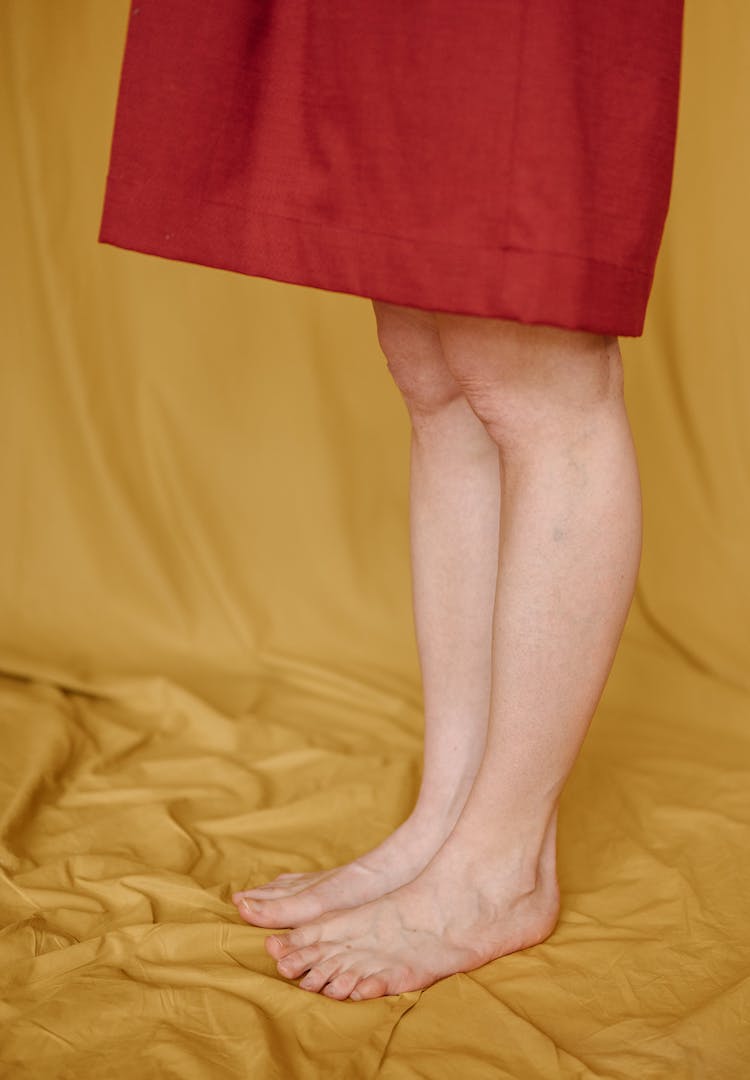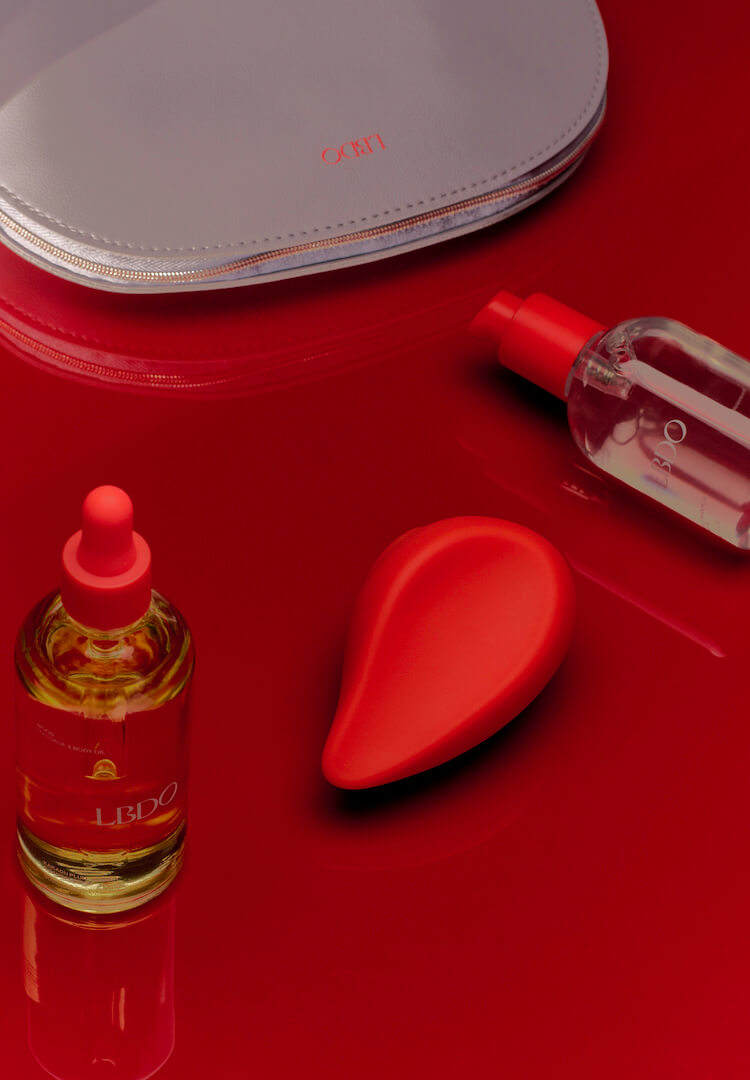How to exercise your pelvic floor correctly
WORDS BY IZZY WIGHT
Multitasking at its finest.
The idea of a ‘vagina workout’ has never been particularly appealing. As a woman, I’m used to being peddled products with claims to improve my intimate hygiene, brighten my vulva or transform my sexual health. But as anyone who has overcome a toxic relationship with Vagisil will tell you, most of the time, it’s just not worth it.
For more thought-provoking content, tap through to our Life section.
As it turns out, a ‘vagina workout’ (also known as pelvic floor exercises or Kegels) is a different story. For those who are still a little sceptical, I’ve compiled some expert research to answer your questions below, along with four different exercises you can do at your desk. Happy Kegel-ing.
What’s the difference between a pelvic floor and a Kegel exercise?
There isn’t one! The phrase “Kegel exercise” originates from the American gynaecologist, Arnold Kegel. In the late 1940s, Dr Kegel discovered the effects of pelvic floor exercises on women whose muscles were weakened from childbirth. He studied the group of muscles that stretched from the pelvis to the coccyx, acting as a kind of “hammock”.
Supporting the bladder, uterus and bowel, the openings from these organs pass through the pelvic floor. Mr Kegel found that through these exercises, people could recover their pelvic floor strength – even after years of disuse. Kegels helped improve function and tone while working to eliminate incontinence and bring sensation back into that hammock of pelvic floor muscles.
What are the causes of pelvic floor weakness?
While correctly performed Kegel exercises are beneficial for most people, they might be particularly effective for those experiencing pelvic floor weakness. According to The Royal Women’s Hospital, some common causes of weakness are “pregnancy, childbirth (particularly following delivery of a large baby or prolonged pushing during delivery), being overweight or constipation (excessive straining to empty your bowel), persistent heavy lifting, excessive coughing, changes in hormonal levels at menopause [and] growing older”.
Why is it beneficial to strengthen the pelvic floor muscles?
If performed correctly, Kegel exercises can help with a plethora of different pelvic floor-related issues. The Royal Women’s Hospital dictates a strong pelvic floor supports problems like “incontinence (the involuntary loss of urine or faeces) and “prolapse (lack of support) of the bladder, uterus and bowel”. And yes, Dr Kegel did discover an additional unforeseen benefit.
As pelvic floor physiotherapist, Dora Pandeloglou discussed with sexologist and Fashion Journal contributor Laura Miano, “just like any other muscle, if you learn how to work [the pelvic floor] correctly, its functionality improves”. So can Kegel exercises improve your sex life? According to Laura, yes – but only if done in the right way.
“If orgasms are made up of muscle contractions in the genital area then some well-trained pelvic floor muscles are going to translate to better orgasms,” Laura wrote. “Although over-tightening is the devil in pelvic floor exercises, when you do them correctly you build up bulk in the area and this creates more tension. And that’s tension in a good way (which we love).” We love to see it.
What are some misconceptions about Kegel exercises?
As often happens with the internet, there’s a fair amount of incorrect online lore surrounding Kegel exercises. The first – and most controversial – is any kind of egg, ball, or weight touted as a pelvic floor strengthener. Since Gwenyth started one of Goop’s infamous “cultural firestorms” with the “hormone-balancing” jade egg, similar products have been popping all over TikTok and Instagram.
According to Dora Pandeloglou, “They are the worst!” As Laura wrote in her Fashion Journal piece, “These products buy into the Kegel misconception of tightening the vagina and as we know, if you don’t relax you aren’t doing it correctly. And, with a weight inside your vagina, relaxing is virtually impossible”.
What she means here is while Kegels are seen as a tightening practice, it’s crucial that you also relax for the exercise to work. “In fact, people who do these exercises incorrectly can suffer from premature ejaculation, erectile dysfunction, painful vaginal sex and weaker orgasms,” Laura wrote. As reported in UChicago Medicine, straining – done by squeezing too hard and not letting those muscles release properly – can have adverse effects like pelvic organ prolapse or stress incontinence.
Easy Kegel exercises to try
So instead of harming our precious pelvic floors, we’re going to talk about four exercises that can (when performed correctly) help strengthen that area.
Exercise one
We’re kicking things off with a long hold for strength, courtesy of the Royal Women’s Hospital. Start off by sitting (at your desk, if you please), standing tall, lying on your back or kneeling on all fours.
Try to find the muscles you would tighten to prevent yourself from urinating or farting – sounds weird, but trust the process. Tighten and release those muscles to ensure you know where they are. Then, tighten them around your front passage (vagina) and back passage (anus) as strongly as possible while holding for three to five seconds.
The feeling you get should be like your pelvic muscles are lifting up inside you and letting go as you relax. Repeat up to 10 times (you might feel fatigued in that area after this) and make sure to relax the muscles completely and take a deep breath between reps.
Exercise two
For this one, you’re going to want to breathe in while performing a pelvic floor contraction. Tighten and hold for two seconds, before releasing on a lovely, long out-breath. Breathing exercises are also good for general relaxation.
Exercise three
If you’re doing yoga, pilates or just having a morning stretch, you can Kegel it up at the same time. When you’re next performing a bridge pose, try adding in a Kegel once you get to the top. Hold for a few seconds and, as always, make sure to fully release.
Exercise four
The final exercise, again courtesy of the Royal Women’s, is a quick squeeze for power. Squeeze and lift your pelvic muscles as quickly and strongly as you can. Don’t hold on, just squeeze and let go. Take a few seconds between each squeeze and repeat up to 20 times, or whenever you’re feeling fatigued.
This article and the resources we’ve linked are not and do not replace medical advice. Please talk to your GP or a health professional should you have further questions.
For more on pelvic floor exercises, head here.













